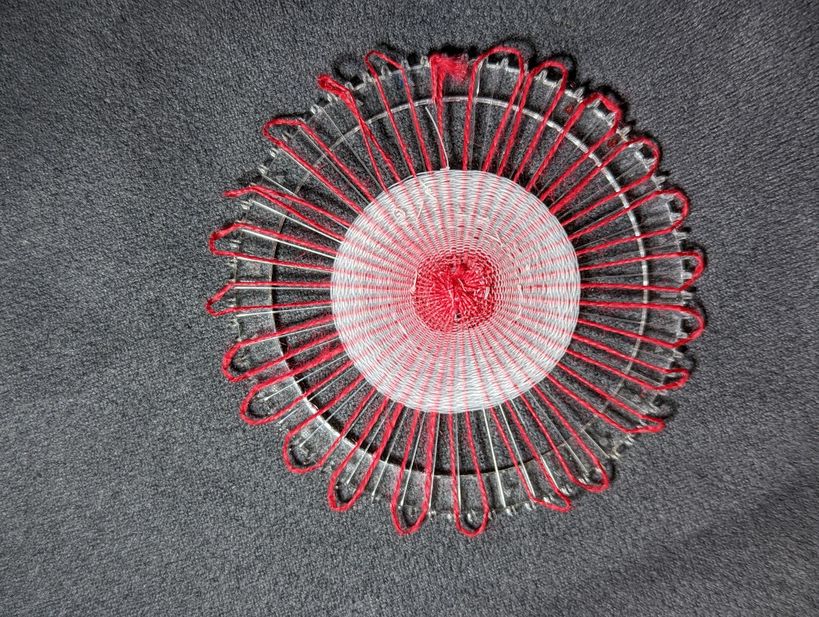チューリッヒ工科大学の研究者は、偶然の発見から、驚異的な腐食防止策を開発しました。この製品は、損傷していない場所で発光し、自己修復するため、何度でも再利用することができます。ETH Zurich researchers have developed an extraordinary protection against corrosion after a chance discovery. It glows in places where it is not damaged, repairs itself – and can be reused multiple times.
2023-02-21 スイス連邦工科大学チューリッヒ校(ETHZurich)
◆そのため、腐食対策には多額の費用がかかる。腐食対策には、世界各国の年間国内総生産の約3.5%(約4兆円)が投入されており、巨大な市場であると同時に、巨大な問題でもあるのだ。
◆チューリッヒ工科大学の多機能材料研究所のMarkus NiederbergerとWalter Caseriを中心とする研究者たちは、このたび新たな解決策を提示しました。彼らは過去数年にわたり、腐食防止を大幅に改善し、簡略化できるプラスチックを開発してきた。ポリフェニレンメチレン(Poly(phenylene methylene))、略してPPMと呼ばれる奇跡の素材だ。
◆この新しい防錆材は、一石何鳥にもなる。塗料として混ぜ、加熱すると、PPMは表面に吹き付けられ、固形化する。このポリマーは蛍光を発しないため、保護膜の穴や亀裂を示す。
◆さらに、外部からの介入を必要とせず、ダメージを自ら修復する。また、製品寿命が尽きると、ポリマーを完全に除去し、最小限の材料損失でリサイクルすることができる。リサイクルされたポリマーは、その特殊な特性や機能を失うことなく、別の表面に適用することができる。
◆実験室のテストでは、PPMベースのコーティングは金属、特にアルミニウムを腐食からしっかりと保護することが明らかになりました。この保護膜は、エポキシ樹脂をベースとした従来の保護剤に比べて最大10倍まで薄く塗ることができるにもかかわらず、耐久性に優れています。
<関連情報>
- https://ethz.ch/en/news-and-events/eth-news/news/2023/02/new-corrosion-protection-that-repairs-itself.html
- https://www.mdpi.com/2073-4360/14/17/3457
ポリフェニレンメチレンをベースとしたスマートな防食コーティング:共重合体の本質的な自己修復挙動の評価 Smart Anticorrosion Coatings Based on Poly(phenylene methylene): An Assessment of the Intrinsic Self-Healing Behavior of the Copolymer
Marco F. D’Elia,Mirko Magni,Thomas Romanò,Stefano P. M. Trasatti,Markus Niederberger and Walter R. Caseri
Polymers Published: 24 August 2022
DOI:https://doi.org/10.3390/polym14173457

Abstract
Poly(phenylene methylene) (PPM) is a multifunctional polymer featuring hydrophobicity, high thermal stability, fluorescence and thermoplastic processability. Accordingly, smart corrosion resistant PPM-based coatings (blend and copolymer) were prepared and applied by hot pressing on aluminum alloy AA2024. The corrosion protection properties of the coatings and their dependence on coating thickness were evaluated for both strategies employed. The accelerated cyclic electrochemical technique (ACET), based on a combination of electrochemical impedance spectroscopy (EIS), cathodic polarizations and relaxation steps, was used as the main investigating technique. At the coating thickness of about 50 µm, both blend and copolymer PPM showed effective corrosion protection, as reflected by |Z|0.01Hz of about 108 Ω cm2 over all the ACET cycles. In contrast, when the coating thickness was reduced to 30 µm, PPM copolymer showed neatly better corrosion resistance than blended PPM, maintaining |Z|0.01Hz above 108 Ω cm2 with respect to values below 106 Ω cm2 of the latter. Furthermore, the analysis of many electrochemical key features, in combination with the optical investigation of the coating surface under 254 nm UV light, confirms the intrinsic self-healing ability of the coatings made by PPM copolymer, contrary to the reference specimen (i.e., blend PPM).



